
Key Points:
A pinched nerve occurs when a nerve in your body is pressed or squeezed by surrounding tissues, such as bones, cartilage, muscles, or tendons. This pressure disrupts the nerve’s normal function, leading to pain, tingling, numbness, or weakness in the affected area.
Key Points:
Radiculopathy is a condition where the nerves in the spine are irritated or compressed, causing pain, numbness, or weakness in the areas where those nerves travel. Think of it as a “pinched nerve” problem in the spine.
Key Points:
Degenerative disc disease isn’t a disease like the flu; it’s more about how our spinal discs wear as we get older. It happens with age to most of us. Imagine the discs acting like cushions between our backbones. Over time these cushions naturally wear out and result in discomfort.
Key Points:
Action Steps:
If you suspect these symptoms, there are tools to help understand your problem and find the right treatment for recovery.
Spinal stenosis is a condition in which the spaces within your spine narrow, putting pressure on the spinal cord and nerves. Imagine the spine as a tunnel; when this tunnel becomes narrower, it can cause pain and discomfort due to the squeezed nerves.
Key Points:
Facet joint pain refers to discomfort or soreness in the facet joints, which are located in your spine and help with movement. These joints can become painful due to aging, injury, or stress, causing localized pain in the back or neck area. Referred pain from the neck facet joints may cause neck pain, stiffness, pain between the shoulder blades, pins-and-needles sensation in arms and hands. Referred pain from the low back facet joints may cause pain, tailbone area discomfort, numbness in the legs and thighs.
Key Points:
Spondylosis is a term used to describe age-related wear and tear on the spine. It happens when the bones and discs in the spine degenerate or deteriorate over time. This can lead to pain and stiffness in the affected areas of the back and neck.
Arthritis of the spine, also known as spinal arthritis or osteoarthritis, is a condition where the joints in the spine become inflamed and painful. These joints, called facet joints, help the spine move and bend smoothly. Over time, these joints can wear down due to aging or wear and tear, leading to pain, stiffness, and difficulty moving the back comfortably.
Key Points:
Spondylolisthesis is a condition in the spine where one vertebra, a bone of the spine, slips forward or backward out of its normal position. Imagine a stack of blocks on top of each other. One block in a stack shifts out of place causing misalignment in the spine. The displacement can result in pain of the disc itself, pressure on nerves and difficulty standing or walking.
Key Points:
The sacroiliac joint, or SI joint, is located in the pelvis and connects the sacrum (the bottom part of the spine) to the ilium (the pelvic bone). Sacroiliac joint degeneration occurs when this joint wears down over time, causing pain and discomfort. It can be due to aging, injuries, or stress on the joint, leading to inflammation and stiffness in the lower back and buttocks.
Key Points:
Spine instability refers to a condition where the spine loses its normal strength and support, leading to abnormal movement and misalignment of the vertebrae (bones in the spine). It can cause pain, discomfort, and limit the spine’s ability to bear weight and move properly.
Key Points:

No Hospital Stay

Optimized Procedure Length

Small Incision
½ inch incision in most cases